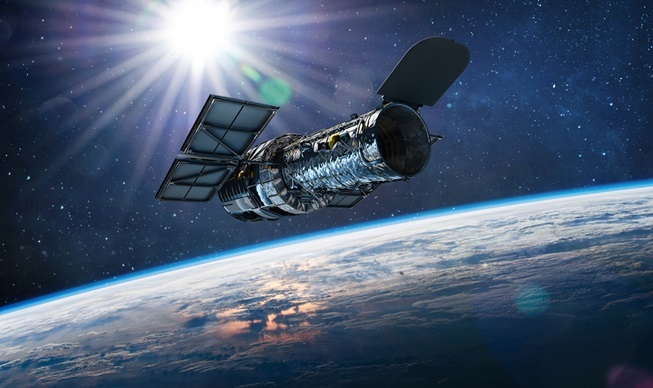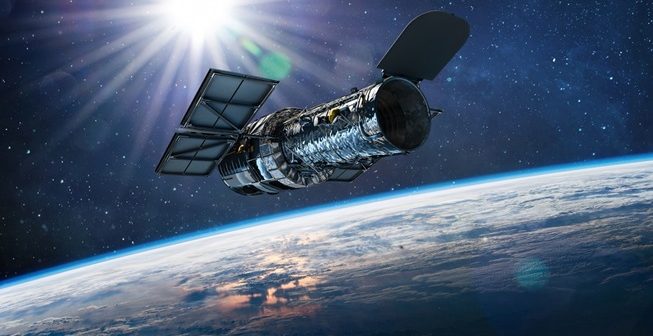
Written by staff writer.
The 34-year-old Hubble Space Telescope continues to deliver dividends for scientists, most recently detecting water molecules in the atmosphere of an exoplanet 97 light years from Earth.
Researchers from the Max Planck Institute for Astronomy in Germany made the find in the atmosphere of GJ 9872d, a planet 97 light years away in the Pisces constellation. They say the planet could be an example of water-rich worlds elsewhere in the galaxy.
Hubble observed the planet while it crossed in front of its star 11 times over three years. While water molecules are common throughout the Universe, this find is considered a key step toward determining the prevalence and diversity of atmospheres on rocky planets.
“This would be the first time that we can directly show through atmospheric detection, that these planets with water-rich atmospheres can actually exist around other stars,” said Björn Benneke of the Trottier Institute for Research on Exoplanets at Université de Montréal, Canada, who was also involved in the discovery.
The findings were published in full last week in The Astrophysical Journal Letters.
After a shaky start, including a serious design issue with the optical system, Hubble now circles the Earth every 90 minutes in the upper atmosphere. Its constant stream of images and data has raised as many questions as they’ve solved. In recent weeks, it has sent back images of cyclones in the dynamic atmosphere of a planet called WASP-121b, located 880 light years away. It has also recently photographed what NASA calls “the merger” of two galaxies 570 million light-years away.
“Observing water is a gateway to finding other things,” said NASA astrophysicist Thomas Greene about the water findings. “This Hubble discovery opens the door to future study of these types of planets by the James Webb Space Telescope. (This telescope) can see much more with additional infrared observations, including carbon-bearing molecules like carbon monoxide, carbon dioxide, and methane. Once we get a total inventory of a planet’s elements, we can compare those to the star it orbits and understand how it was formed.”
Since Hubble’s launch, its findings have resulted in over 15,000 research papers. NASA and the European Space Agency developed the telescope, while NASA’s Goddard Space Flight Center continues to manage it. The platform is available to any organisation, albeit competition for usage time is intense.
Researchers still have questions about the water molecules on GJ 9872d, a place they say is as hot as Venus. They say the planet may still have a hydrogen-rich envelope laced with water, making it a mini-Neptune. Alternatively, it could be a warmer version of Jupiter’s moon Europa, which has twice as much water as Earth beneath its crust. “The planet could be half water, half rock. And there would be a lot of water vapour on top of some smaller rocky body,” said Bennecke.
But they say the findings have opened the door to studying the planet in more detail, including with the James Webb Telescope, which is now looking for water signatures and other molecules in detail.





